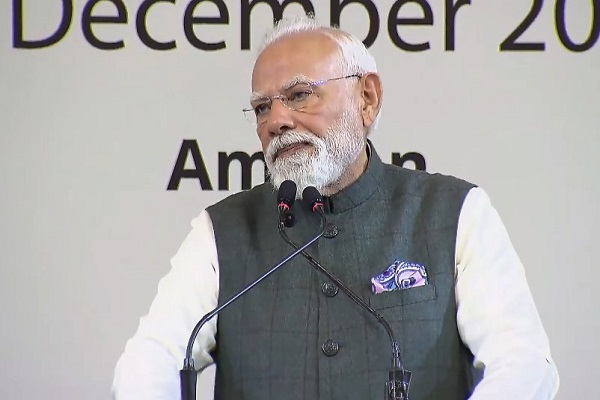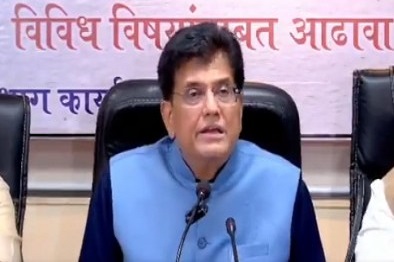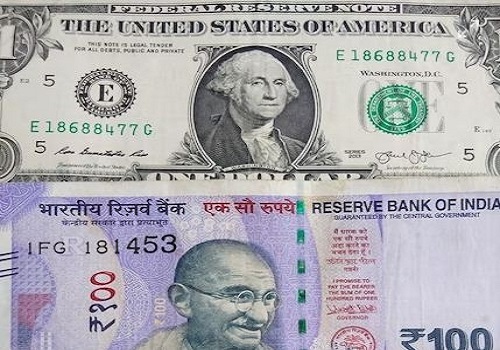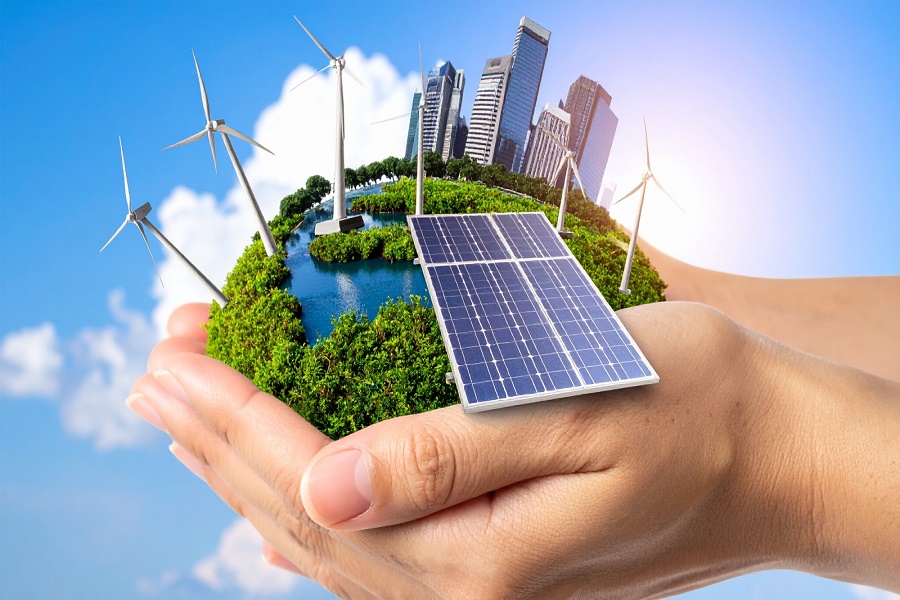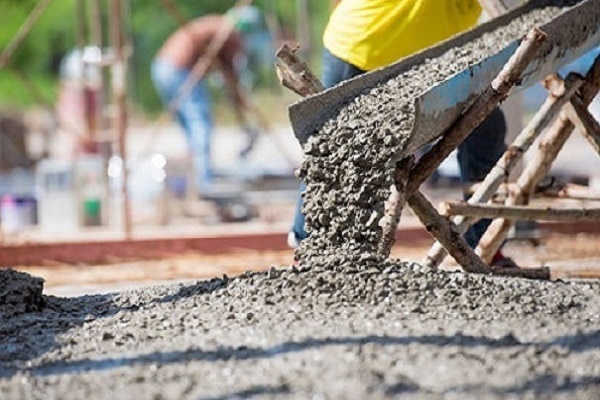India`s power consumption rises amid strong growth
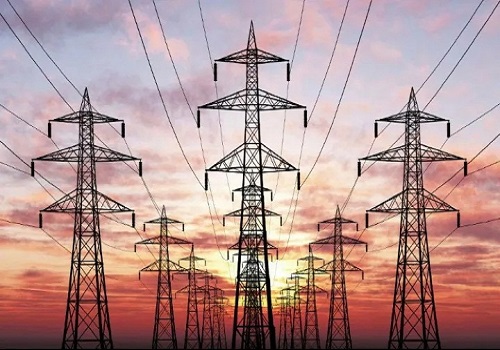
India's power consumption increased to 140.47 billion units (BU) in October, which is a one per cent increase over the high base of the same month last year during which an over 22 per cent jump was recorded, according to the latest official data.
Power consumption had shot up to 139.44 BU in October 2023 from 113.94 BU in October 2022 due to the increase in demand from the industrial and farm sectors of the fast-growing economy.
The peak power demand (highest supply in a day) declined to 219.22 GW in October after having touched an all-time high of about 250 GW in May this year due to the summer heat.
"India is poised to face a higher increase in energy demand than any other country over the next decade mainly because of its size and the scale of rising demand from all sectors," the International Energy Agency (IEA ) said in its World Energy Outlook released last month.
According to the report, India, which was the fastest-growing major economy in 2023 with output increasing by 7.8 per cent, was on track to become the third-largest economy in the world by 2028.
In the Stated Policies Scenario (STEPS) based on current policy plans, by 2035, iron and steel production is on track to grow by 70 per cent. The cement output is set to rise by nearly 55 per cent. The stock of air conditioners was projected to grow by over 4.5 times, resulting in electricity demand from air conditioners in 2035 more than Mexico’s total expected consumption that year, the report said.
Consequently, the total energy demand in India was set to increase by nearly 35 per cent by 2035 in the STEPS, and electricity generation capacity nearly tripling to 1400 GW.
The IEA said coal was set to retain a strong position in the energy mix in India over the next decades. "In the STEPS, nearly 60 GW of coal-fired capacity will be added net of retirements by 2030. The electricity generation from coal rises by over 15 per cent. Generation from coal remains over 30 per cent higher than that from solar PV even in a decade in which solar PV accounts for twice as much capacity, owing to the lower capacity factor of solar installations," the IEA said.
However, at the same time, the country was also giving a big push to green energy. India's National Electricity Plan (Transmission) launched last month aims to transmit 500 GW of Renewable Energy installed capacity by the year 2030 and over 600 GW of Renewable Energy installed capacity by the year 2032.
The Plan has also taken into consideration the requirement of storage systems viz 47 GW of Battery Energy Storage Systems and 31 GW of Pumped Storage Plants to be developed along with Renewable Energy. A transmission system has also been planned for delivery of power to the Green Hydrogen/Green Ammonia Manufacturing hubs at coastal locations like Mundra, Kandla, Gopalpur, Paradeep, Tuticorin, Vizag, Mangalore etc.
As per the National Electricity Plan, over 1,91,000 km of transmission lines and 1270 GVA of transformation capacity were planned to be added during the ten years from 2022-23 to 2031-32 (at 220 kV and above voltage level). In addition, 33 GW of HVDC bi-pole links are also planned. The inter-regional transmission capacity is planned to increase to 143 GW by the year 2027 and further to 168 GW by the year 2032, from the present level of 119 GW.
The Transmission Plan also covers cross-border interconnections with Nepal, Bhutan, Myanmar, Bangladesh, and Sri Lanka as well as probable interconnections with Saudi Arabia and the UAE.






